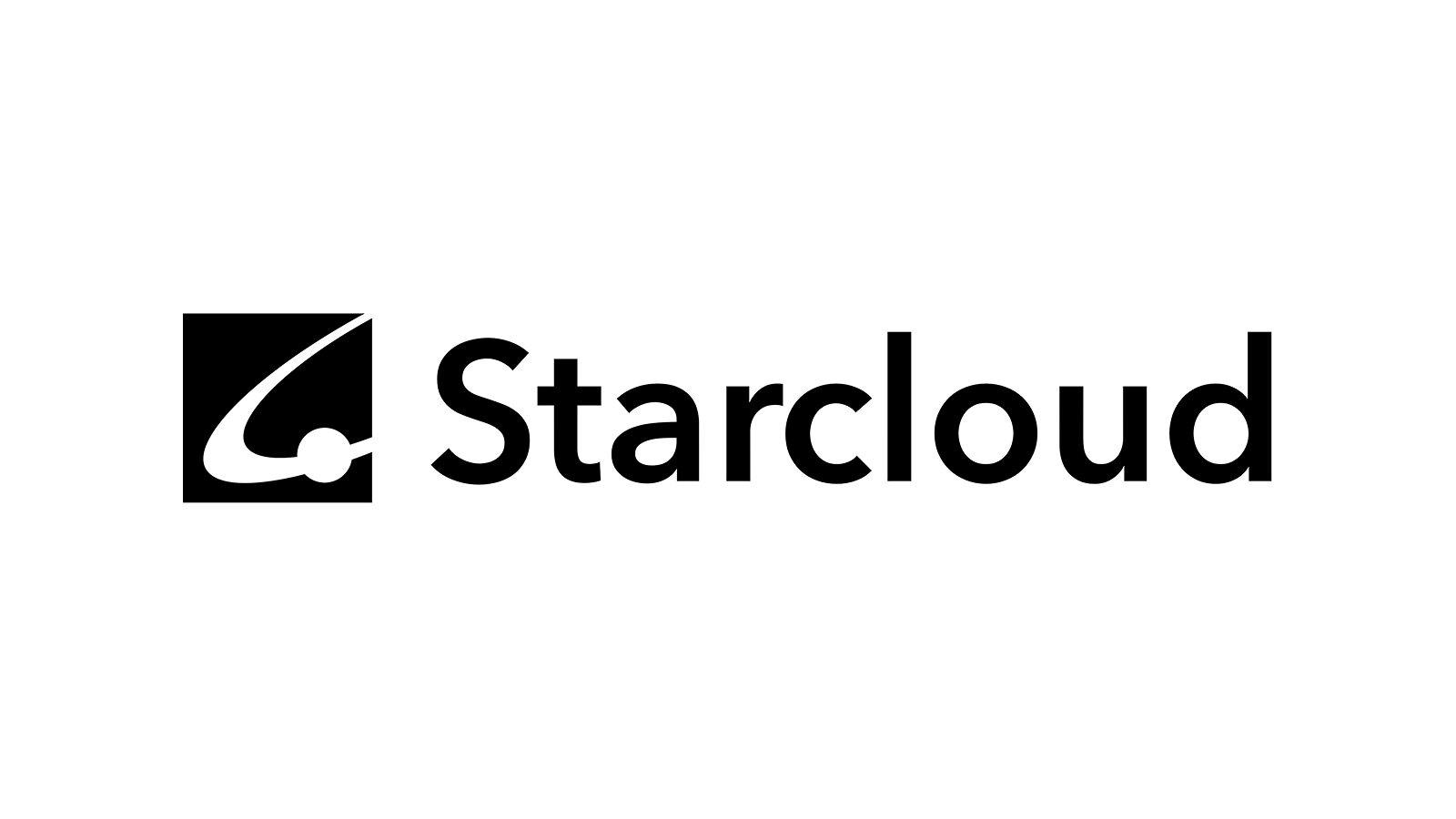Historic Achievement: StarCloud Launches First NVIDIA H100 GPU to Orbit

Today marks a historic moment in space technology and AI infrastructure. StarCloud, a portfolio company we backed in their seed round, has successfully launched StarCloud-1 - the first satellite carrying an NVIDIA H100 GPU into orbit.
A Record-Breaking Achievement
Twenty-one months. That's how long it took StarCloud to go from company inception to satellite launch. The industry average is four years.
The StarCloud-1 satellite carries the NVIDIA H100 GPU - delivering 100 times more AI processing capability than any chip that has ever left Earth's atmosphere. This isn't just an incremental improvement; it's a fundamental leap in orbital computing power.
Key Achievement Metrics
- 21 months from inception to launch (vs. 4-year industry average)
- 100x more AI processing than any previous orbital chip
- 90% reduction in data transmission requirements
- First large language model (Google Gemma) running in space
- 10x carbon savings compared to terrestrial data centers
Why Space Computing Matters Now
Data centers currently consume 2-3% of global electricity, projected to reach 8% by 2030. These facilities require massive amounts of water for cooling, generate significant carbon emissions, and face increasing land constraints.
Space offers a fundamentally different paradigm:
- Unlimited Solar Energy - Continuous power from the sun
- Natural Vacuum Cooling - No water consumption required
- Infinite Scalability - No land constraints
- 10x Carbon Savings - Zero water consumption, renewable energy
The Real-Time Processing Advantage
StarCloud-1 processes Earth observation data in orbit:
- Wildfire Detection - Real-time alerts with zero latency
- Crop Tracking - Instant agricultural monitoring
- Weather Analysis - Immediate pattern recognition
- Disaster Response - Critical data without transmission delays
By processing data in orbit, StarCloud eliminates transmission delays and reduces bandwidth requirements by 90%.
The Technology Innovation
StarCloud-1 represents several breakthrough achievements:
AI in Orbit
The mission runs Google's Gemma model - the first large language model operating in space. This demonstrates that sophisticated AI workloads can run reliably in the challenging orbital environment.
Hardware Integration
Integrating an NVIDIA H100 GPU into a satellite required solving unprecedented thermal and power management challenges in the vacuum of space.
The Team Behind the Mission

Philip Johnston
CEO & Co-founder
McKinsey, Harvard MBA

Ezra Feilden
CTO & Co-founder
Airbus, Imperial College PhD

Adi Oltean
Chief Engineer
SpaceX Starlink, Microsoft
The team brings exceptional credentials:
- Philip Johnston (CEO): Former McKinsey consultant with Harvard MBA and satellite industry expertise
- Ezra Feilden (CTO): 10+ years in satellite design at Airbus, Imperial College PhD
- Adi Oltean (Chief Engineer): SpaceX Starlink veteran, former Microsoft engineer with 25+ patents
What's Next: The Roadmap
StarCloud's vision extends far beyond this initial launch:
StarCloud-2 (2025)
- Multiple H100 GPUs
- Enhanced processing capabilities
- Expanded application testing
Future Architecture
- Blackwell GPU Integration: Next-generation chips delivering 20 petaFLOPS
- Orbital Data Center: Long-term vision of a 5-gigawatt facility in space
- Economic Viability: When Starship launches drop costs to $100/kg, orbital computing becomes economically superior to terrestrial alternatives
The Space Computing Inflection Point
StarCloud sits at the convergence of three massive trends: exploding AI computational demand, plummeting space launch costs, and urgent sustainability imperatives. This launch proves the technical feasibility. The economics will follow.
Why We Invested
Our investment in StarCloud reflects our conviction that the future of computing infrastructure will increasingly move to space.
Investment Thesis
1. Market Timing
AI demand is exploding while terrestrial data centers face fundamental constraints. Space offers a solution that scales infinitely.
2. Sustainability Imperative
As environmental concerns mount, the zero-water, renewable-energy advantages of space computing become increasingly valuable.
3. Economic Trajectory
With launch costs dropping dramatically, the unit economics of space computing are approaching terrestrial parity.
4. Exceptional Team
The combination of satellite expertise (Ezra), space operations experience (Adi), and business acumen (Philip) creates a uniquely capable founding team.
The Bigger Picture
StarCloud-1 is more than a technological achievement—it's a proof point for an entirely new computing paradigm.
Industry Validation
The successful deployment of an H100 GPU in orbit demonstrates that:
- Data center-class hardware can operate reliably in space
- Real-time AI processing in orbit is technically feasible
- The infrastructure layer for space computing is maturing
What This Means for the Future
As StarCloud scales from one satellite to a constellation, and eventually to orbital data centers, we expect to see:
- New classes of Earth observation applications
- More sophisticated real-time AI analysis
- Reduced latency for critical applications
- Significant environmental benefits from reduced terrestrial data center growth
Investment Impact
This launch validates several aspects of our early-stage investment strategy:
Technical De-Risking
The successful launch and operation of StarCloud-1 significantly de-risks the technical assumptions underlying our investment thesis.
Market Expansion
Proof of concept opens doors to enterprise customers, government contracts, and strategic partnerships that weren't possible before launch.
Competitive Positioning
As the first to deploy data center-class GPUs in orbit, StarCloud has established a significant first-mover advantage.
Looking Forward
The data is being processed right now, in orbit. Every second, StarCloud-1 is:
- Analyzing Earth observation imagery
- Running AI models in space
- Proving the viability of orbital computing
- Generating insights that inform the next generation of satellites
This is just the beginning. As launch costs continue to fall and AI demand continues to grow, space-based computing infrastructure will transition from experimental to essential.
Interested in learning more about our frontier technology investments? Explore our portfolio or meet our team.